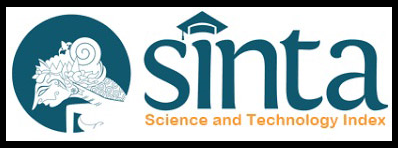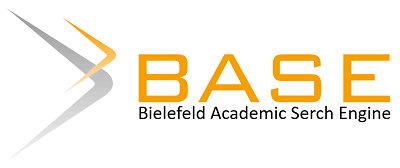IMPLEMENTATION OF E-LEARNING IN LEARNING SCIENCE IN SCHOOL USING TECHNOLOGY ACCEPTANCE MODEL (TAM) INOVATION IN EDUCATION
Keywords:
E-learning, Technology Acceptance Model, ImplementationAbstract
In general, e-learning can be defined as learning that utilize or apply the information and communication technology. E-learning is learning activities that use the internet which can be combined with face to face activities in educational institutions. This research was conducted by finding secondary data that the study of literature consisting of journals scientific work and research, books, and online articles on the internet. Implementation of e-learning using the Technology Acceptance Model (TAM), which describes the results obtained are significant factors affecting user acceptance (learners). Users (students or teachers) who already understand the ease of use of the e-learning system and the benefits of using it, it will have the intention and willingness to use e-learning system. The existence of an understanding of the benefits of using strongly influenced by factors outside the organization that electronic teaching materials owned by the e-learning system. Models form the acceptance of a new information technology, the e-learning system that is applied to the sample users, namely euros (relevance of e-resource to the learning needs and accessibility of e-resources in use) and ID (visibility of usage, personal development of computer technology, experience on the use of computers, and knowledge of teaching materials) as a latent factor outside or external factor. PEOU (easiness to learn / understand, easy to use, and frequency of use in teaching), PU (ease to improve learning skills, enhance the effectiveness of learning, address the needs of learning, increase learning achievement, improve the efficiency of learning, and enable the development of ways of learning ), ITU (additional software/plugin support, motivation to continue to use in learning, and motivate other users) and ASU (long usage in learning and satisfaction in the use of learning) as an inside factor or the internal factor.
Downloads
Downloads
Published
Issue
Section
License
Copyright (c) 2016 Nopriawan Berkat Asi

This work is licensed under a Creative Commons Attribution 4.0 International License.






























